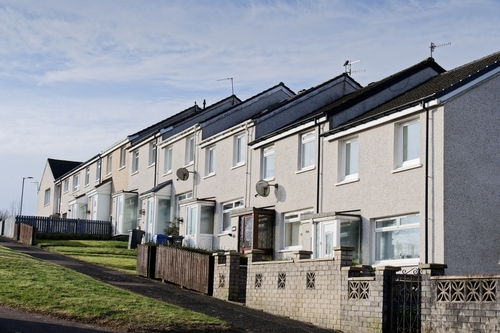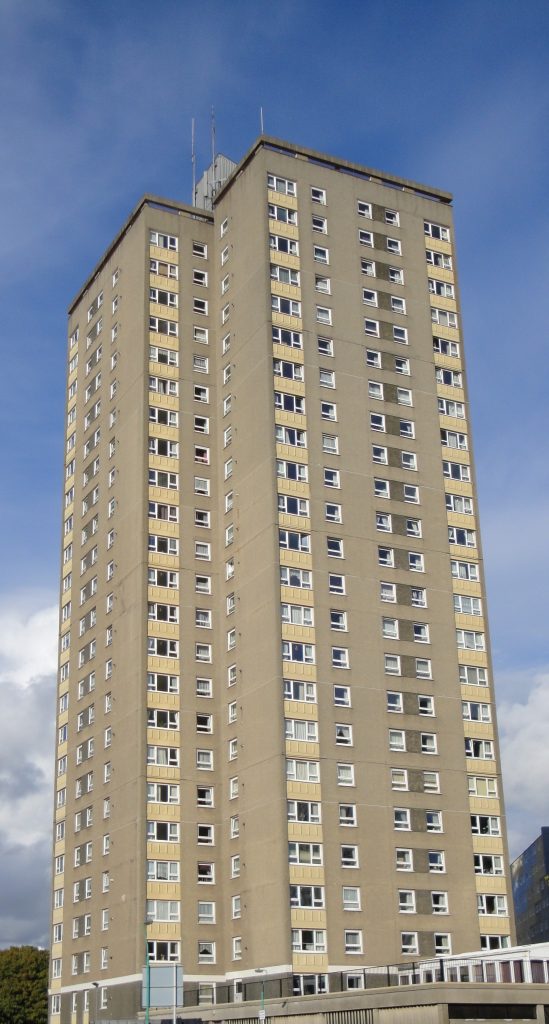

Social Housing Decarbonisation
Project Planning Ltd. was appointed by a national main housing contractor to support the Social Housing Decarbonisation Works to 450 residential properties across multiple sites in England.
This complex project came under the PAS 2035 standards and required careful planning and coordination of management and labour resources, with a specific emphasis on maintaining continuous flow through properties while accounting for ongoing Pre-installation Building Inspections (PIBI), design assessments and variations in access, scope, and pace of work.
The Challenge
High Volume and Repetition: Managing resource flow across 450 occupied homes meant ensuring teams were deployed efficiently without bottlenecks or downtime.
Dynamic Environment: The nature of the refurbishment meant that there was a potential for delays, necessitating agile and responsive planning.
Client Requirements: Regular progress updates had to be processed quickly to inform decisions and drive programme improvements.
Change Management: Scope adjustments and emerging issues on-site required speedy assessment of impact on time.
Our Approach
Programme Development: Project Planning Ltd developed a detailed baseline programme identifying clusters of properties based on the required address lists. We identified the most efficient “route-march” of work streams outlining the ideal flow of works and resource deployment across each area based on location and numbers to be delivered in the relevant financial period. This included planned durations, handovers, and sequencing of measures.
Ongoing Programme Updates and Delay Tracking: We received weekly progress data via a structured spreadsheet from the contractor’s site teams.
Using this information, we:
- Recorded and updated progress on the Master programme.
- Logged delays with their cause and effect and identified mitigation.
- Identified trends or recurring issues with PIBIs, design, material supply or labour resources.
Mitigation Measures and Scenario Planning: Where delays were likely to occur, we implemented programme re-sequencing, extended working patterns, or adjusted trade allocations to regain lost time. Our updates ensured that both the contractor and client had a clear understanding of the impact of each decision.
Communication and Visibility: Clear visual outputs and dashboard-style reporting were provided to the contractor to aid internal and external stakeholder discussions. These tools also helped in decision-making around procurement and workforce scaling.
Results
Improved Programme Certainty: Our proactive planning and regular programme updating helped the contractor maintain control over timelines.
Increased Efficiency: Optimised resource flow reduced site idle time and improved overall productivity.
Transparent Delay Reporting: Our detailed logs provided clear accountability and supported mitigation strategies.
Client Confidence: The contractor gained a valuable partner in navigating the logistical complexity of a multi-property refurbishment project.
